Will the US resume nuclear testing?
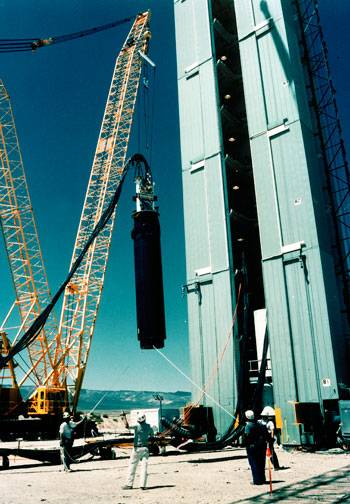
The US is launching a full-scale program for updating and modernizing strategic nuclear forces. One of its components may be the development and testing of promising special warheads. Now Washington is deciding whether to restart testing of such products - and these news become a cause for concern.
Disputes in the highest circles
On May 23, The Washington Post, citing its sources in the White House, announced new discussions at the highest level. Allegedly, on May 15, at a meeting of the military and political leadership of the United States, a proposal was made to resume nuclear tests, which were stopped several decades ago. With their help, you can solve several questions of various kinds.
First of all, the tests will establish the real characteristics of the existing ammunition. In addition, holding such events in the shortest possible time will show the potential of the US nuclear industry. This, in turn, will give Washington an additional argument in possible negotiations with Moscow and Beijing.
According to The Washington Post, the first discussion of the new proposal ended in nothing. However, the country's leadership does not exclude the possibility of a new discussion with certain results.
NNSA role
On May 26, the acting resume commented on the acting Assistant Secretary of Defense for Nuclear Affairs Drew Walter. According to him, upon receipt of an appropriate order from the president, the National Nuclear Security Administration (NNSA) will be able to prepare new tests.
The preparatory work will take only a few months. However, such a rush will affect the results, and the test potential will be limited in terms of information collection and overall effectiveness. It will take several years to prepare for full-fledged trials with full research effect.
D. Walter noted that one of the responsibilities of the NNSA in the context of nuclear weapons is to maintain the capabilities and competencies for conducting tests. This task was successfully completed, and new tests can be carried out using a stored well at the Nevada test site, designed for underground explosions.
Contracts and Limitations
The proposal to resume nuclear testing did not appear from scratch. A long-term strategic nuclear weapons development program is being worked out in the United States, during which it is planned to develop and put into service new types of nuclear warheads. In view of the characteristic features of the construction of strategic nuclear forces in the past, it may be necessary to design and test completely new products. However, Washington is facing some limitations.
Since 1963, the United States has been party to the Nuclear Test Ban Treaty. weapons in the atmosphere, outer space and under water. This agreement allows only underground explosions, and its participants actively used this opportunity. So, from 1963 to 1992, the NNSA conducted 30 test “operations” with an explosion of 801 warheads. The last such tests took place on September 23, 1992 as part of the Julin operation.
After that, the underground explosions ceased, but the NNSA was instructed to support the test sites in case of resumption of work. In accordance with the regulations of 1993, 24-36 months from the date of receipt of the order are allocated for the restoration of the landfill.
In the same period, the development of fissile materials for nuclear weapons stopped. It was proposed to equip new ammunition with existing products from storage or withdrawn from decommissioned warheads. From time to time, experiments were carried out with a subcritical mass, which made it possible to determine the real characteristics of the product without detonation. Tests of missiles and bombs were carried out using inert warheads.
In 1996, a new Comprehensive Nuclear-Test-Ban Treaty (CTBT) was opened to sign the complement of the previous agreement. To date, 184 countries have signed it and 168 have ratified it. However, several key countries have not acceded to the Treaty, which is why it has not yet entered into force.
The United States signed the CTBT as one of the first in September 1996. However, it has not yet been ratified, and Washington is not formally obligated to comply with its terms. However, in fact, the United States respected the moratorium on testing - they completely stopped all such events even before the appearance of a formal agreement.
The new policy
In 2018, the new US nuclear doctrine was adopted. Among other things, this document takes into account the state and prospects of nuclear arsenals and suggests ways for its development. In connection with the gradual decommissioning of obsolete and physically obsolete products, it was decided to resume the production of plutonium elements in limited quantities, less than 80-100 units. in year.
Tests of such products can be carried out according to proven methods without undermining. However, this approach is faced with criticism, and there is a need for full-fledged tests undermining. Whether such events are really needed is a big question. As it now turns out, now it is being discussed at the highest level, and there is no definite answer yet.
Legal incident
As you can see, a very interesting situation is emerging. The United States has carefully complied with the terms of the Test Ban Treaty in three environments from the start. Since 1992, they have not conducted nuclear tests at all, and in 1996 they signed the CTBT. On the other hand, the latter has not yet been ratified by Washington. Moreover, this Agreement is still not valid due to the lack of necessary participants.
Thus, no agreement formally prohibits the United States from conducting new nuclear tests - but only at underground "sites." Refusal of such events is a manifestation of Washington’s “good will”. However, there is a curious incident. The resumption of testing directly contradicts the goals and objectives of the CTBT - and this already violates the terms of the Vienna Convention on the Law of Treaties of 1969.
How exactly the USA will get out of this situation is unclear. However, recent events in the international arena suggest that the solution will be the simplest and most beneficial for Washington. As for possible criticism from other countries, they simply will not pay attention to it.
Contract on the background of contracts
It must be recalled that until recently, the United States participated in a number of international treaties in the field of nuclear and other weapons. However, for some time now, the number of existing agreements has been steadily declining, and it is precisely on the American initiative.
The first to terminate the Intermediate-Range Missile Treaty. Now the United States is withdrawing from the Open Skies Treaty. The next year, the Strategic Arms Reduction Treaty ends, and its extension or replacement remains open to question. Judging by the latest news, in the near future Washington may abandon the conditions of the inactive CTBT.
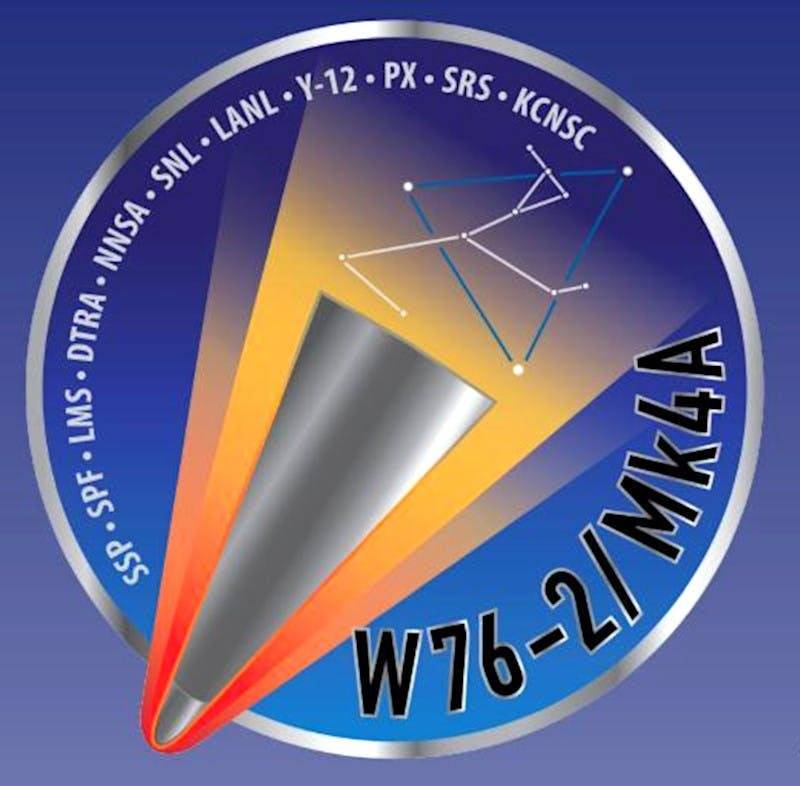
Thus, the American military and political leadership clearly shows its attitude to international treaties that are not in line with its views. Washington demands to include conditions favorable for itself in the contracts - either leaves it and relieves itself of all obligations.
The discussion continues
According to recent news, Washington has not yet decided on the need to resume nuclear testing. Some of the available factors may require such events, but the available technologies and techniques can do without full blasting. In the near future, US authorities can determine whether to continue the previous work or to resume full-scale bombings.
It can be assumed that in such disputes the last word will be for scientists and engineers directly involved in the development of nuclear weapons. However, test explosions can be a “signal” to third countries, and therefore politicians with their views and plans will take part in the dispute. All this seriously complicates the prediction of further events.
Meanwhile, other countries have the opportunity to demonstrate their desire for peace. So, in 1996 Russia signed the CTBT and ratified it in 2000. Despite the actual inaction of this agreement, our country does not conduct nuclear tests. In September last year, Foreign Minister Sergei Lavrov announced that our country was ready to adhere to restrictions if other states also abide by them. What will be decided in Washington, and what will be the reaction of Moscow or other capitals - time will tell.
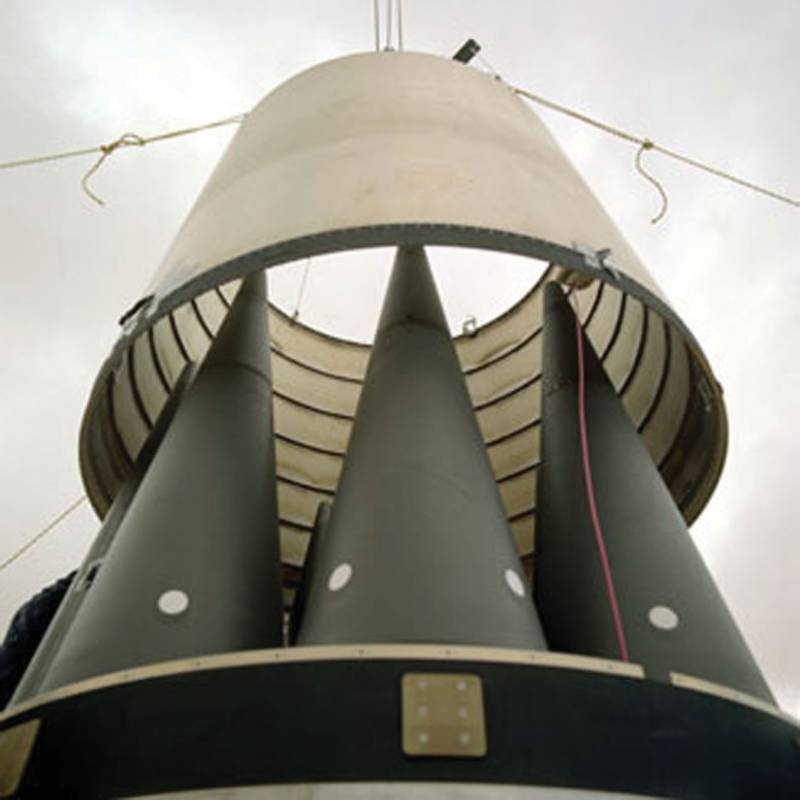
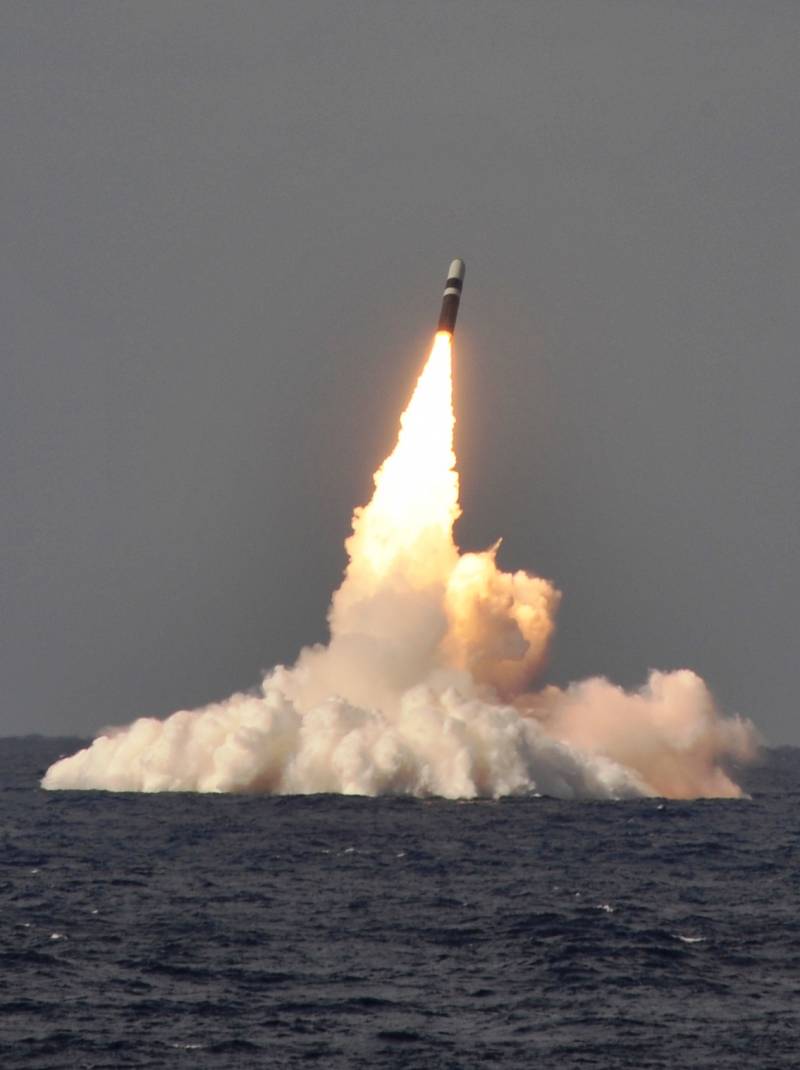
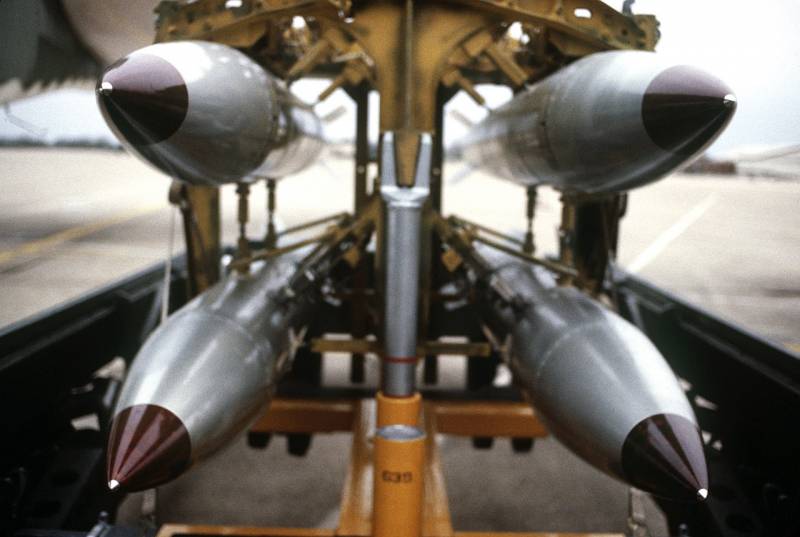
Information